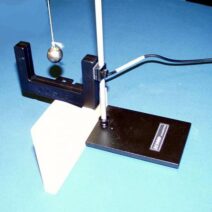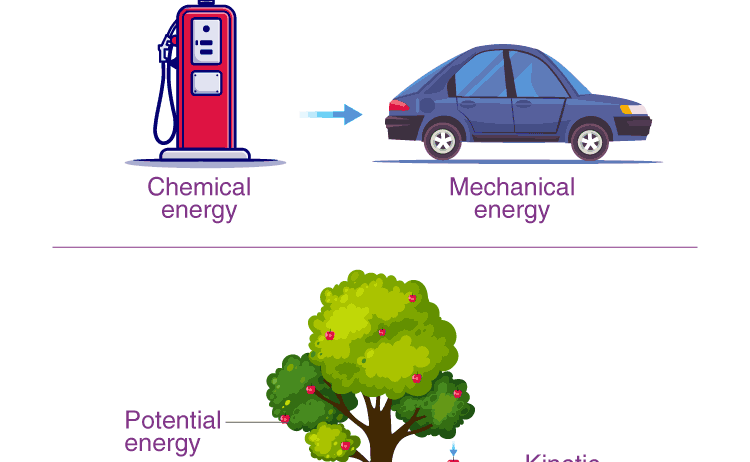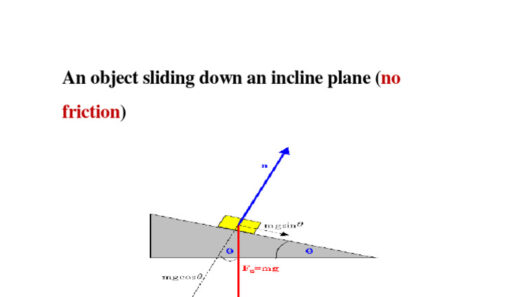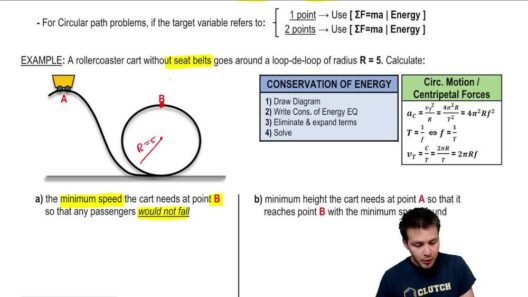The Law of Conservation of Energy is a fundamental principle of physics which posits that energy cannot be created or destroyed; it simply changes form. This principle is crucial for understanding various natural phenomena and technological applications. The beauty of this law lies in its universality, permeating realms from the microscopic to the cosmic. If you’ve ever marveled at the functionality of your everyday appliances or contemplated the motion of celestial bodies, you have unwittingly intersected with this law. For those intrigued by the dynamism of energy, engaging in simple experiments to test this principle can provide enlightening insights. Here, we outline several experiments you can undertake to witness the Law of Conservation of Energy in action, piquing curiosity and encouraging a profound shift in perspective.
1. The Pendulum Experiment
One of the most classical demonstrations of energy conservation is the pendulum. Using a simple pendulum—consisting of a weight suspended from a fixed point—you can observe energy transformation between kinetic and potential forms. When the pendulum is drawn back and released, it swings through its arc, converting potential energy at its peak into kinetic energy at its lowest point. To conduct this experiment, follow these steps: secure a string to a weight and attach it to a stationary point. Pull it back to a certain height and release. Measure the height reached on either side of the swing to see the energy transformation. This simple experiment visualizes how energy is conserved, making it a perfect educational tool.
2. The Roller Coaster Model
The thrilling experience of roller coasters can also be used to illustrate the conservation of energy. Create a miniature roller coaster using foam tubing or flexible materials. By elevating a starting point and allowing a small cart or marble to roll down the track, focus on the potential energy at the apex transitioning to kinetic energy as it descends. Use multiple heights to observe how the cart’s velocity varies at different points on the track; this shift emphasizes the conservation principle effectively. It not only makes the exhilarating concept tangible but adds a playful element to learning.
3. The Electrical Circuit
Electricity serves as a versatile medium for energy transformation. Construct a simple circuit using a battery, wires, and a light bulb. The electrical energy stored in the battery is transformed into light energy as the circuit is completed. To delve further, measure the voltage across the battery and the light bulb when lit, and assess the energy input versus output. This experimentation serves to substantiate the conservation of energy not just physically but also in electrical systems that power our modern lives. By varying the load or introducing resistors, enthusiasts can illustrate energy dissipation and other subtle nuances pertaining to conservation.
4. Heat Exchange with Insulation
Energy transformation isn’t just confined to motion; it encompasses thermal dynamics as well. Create an insulated system using containers filled with hot water and cold water. Measure the initial temperatures and observe the thermal energy transfer. While reviewing the system, witness conservation via heat loss and gain, as the total energy remains constant. This experiment connects daily experiences, like maintaining temperature in homes, with larger energy conservation themes. It encourages participants to think about insulation’s role in energy conservation, fostering a more poignant awareness.
5. The Ball Drop
A straightforward yet impactful method to explore energy conservation is by dropping a ball from varying heights. Use a rubber ball and mark different heights on a wall. As the ball drops, analyze how energy is conserved through conversion from potential to kinetic forms. When the ball rebounds, some energy is lost to sound and heat, but the total energy in the system before drop and after rebound is a testament to conservation principles. Engaging in discussions surrounding energy loss during real-world applications—like sports or machinery—can deepen one’s understanding of energy dynamics.
6. The Solar Oven Experiment
Harnessing solar energy provides a fascinating exploration into energy conservation. Construct a solar oven using cardboard, aluminum foil, and plastic wrap. This assembled oven can convert sun energy into heat energy to cook food. Measure the temperature changes as the sun beats down on it, documenting how effectively solar energy is transformed for practical use. This experiment not only illustrates the conservation of energy but also emphasizes sustainable practices and the importance of renewable energy sources in our everyday lives. It fosters a forward-thinking mentality towards energy consumption and environmental responsibility.
7. Wind Turbine Model
To explore kinetic energy conversion through natural resources, a wind turbine model can serve as a proficient demonstration. Create or purchase a small wind turbine. As wind passes through, observe how it causes rotational motion, converting kinetic energy into electrical energy. By measuring output voltage or connecting to a small device, participants can visualize how energy conservation governs renewable energy technologies. This provides a stimulating departure into the realm of sustainable energy practices.
Engaging in these experiments may not only satisfy curiosity but can also illuminate the intricate connections between energy forms, human activity, and the environment. Each activity embodies a microcosm of broader scientific concepts, offering tangible experiences that transcend rote learning. By observing and understanding the transformations of energy, one can cultivate a consciousness oriented towards sustainability and conservation, ultimately urging deeper reflections on energy’s role in our lives. Through exploration, the principles of energy conservation reveal their significance, potentially inspiring a generation to tread lightly on the planet while embracing the wonders of science.







